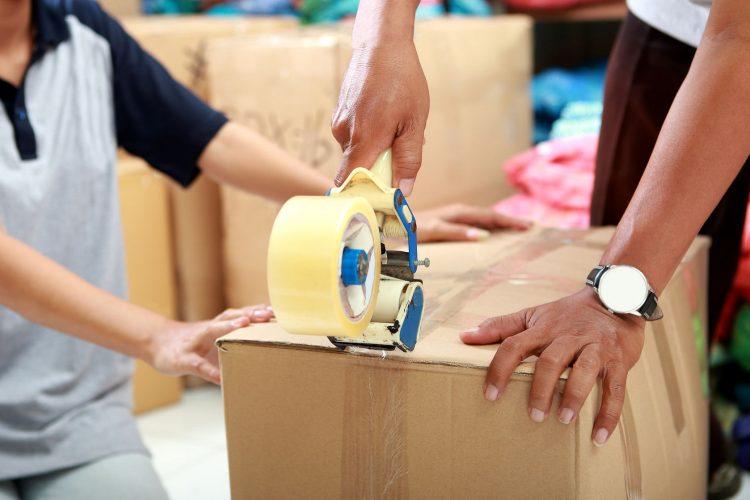
Photo credit: Ferli Achirulli/123RF.
So you’ve got all your products built and ready to ship. You have orders from people all over Asia. All you have to do now is get the items to them.
Easy? Not quite.
Last-mile fulfillment has been a major headache to ecommerce players worldwide. Asia’s no different — with countries with diverse geographies, demographics, and laws, getting products shipped to customers can be a real pain. There is no end-all-be-all solution that fits all the different needs of each country in the region.
As last-mile fulfillment is the only customer-facing part of the logistics process, how you execute can either make or break your brand. To avoid being blindsided by displeased customers, ecommerce firms should do their homework. Here’s a country-by-country breakdown of what you need to know about shipping to Asia.
Greater China
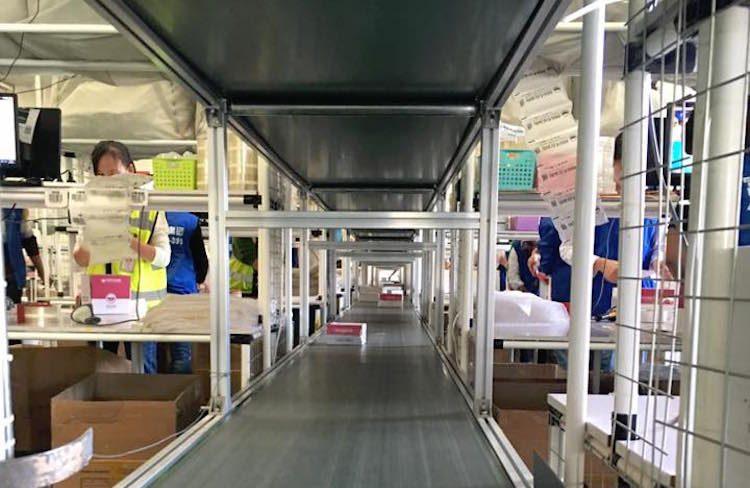
An AFL Cargo facility. Photo credit: AFL Cargo.
As a logistics hub, China has put in an abundance of resources to build the infrastructure needed to keep last-mile fulfillment in superb condition. China’s State Council has plans to improve infrastructure in 20 cities in North and West China, which would help companies expand their coverage of the whole middle kingdom.
The standards for local logistics providers are also high. According to AFL Cargo, technologies like transportation management systems that are updated in real-time and advanced automated systems in all warehouses are necessary to run a logistics business in the country. This makes for a highly competitive market.
The result: a costly price war. Logistics leaders in the field are becoming so focused on rapid market expansion, that they lose sight of the need for technological innovation.
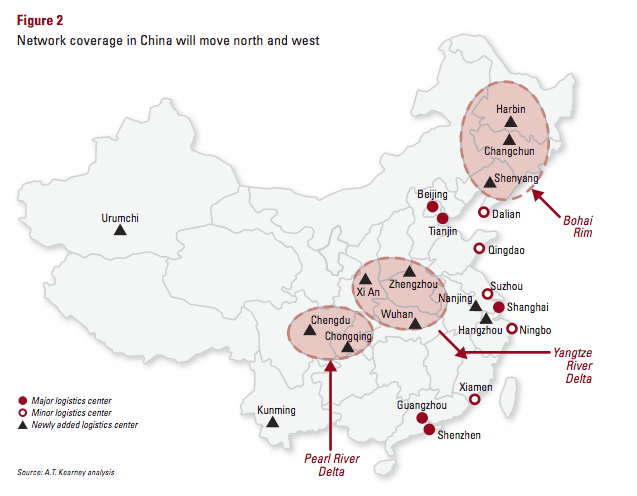
Beyond geographic clusters by the Pearl River Delta, the Yangtze River Delta, and the Bohai Rim, the Chinese government will be expanding future network coverage to the west and north to make them more accessible. Photo credit: AT Kearney.
Cross-border shipping can also be a problem between Hong Kong and China. Zoe Yim, Project Manager at AFL, says many logistics providers in Hong Kong still use illegal methods to send parcels to China, such as smuggling – or “parallel trading” as it’s called in the industry..
Zoe advises companies to use China’s cross-border ecommerce zones to save cost and time, rather than resort to illegal methods.
These zones marked out by the Chinese government allow foreign manufacturers to directly ship to customers, instead of holding goods at Chinese ports, and promises a 24-hour window in which customs will be cleared.
Indonesia and the Philippines
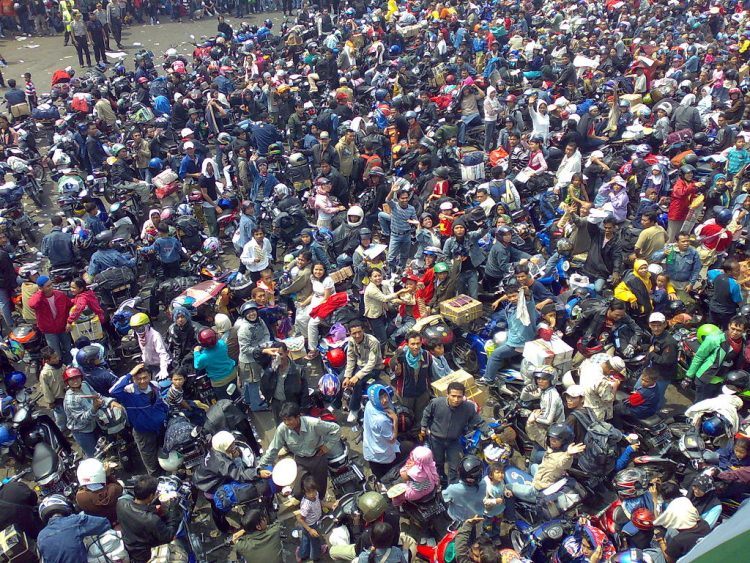
Thousands of motorcycle riders waiting for ferry at Port of Merak, Banten, Indonesia. Two-wheelers are a popular choice for last-mile logistics in Indonesia. Photo credit: Wikimedia.
Indonesia and the Philippines share many similarities. Not only are both archipelago countries, made up hundreds of islands, they are also notorious for having some of the worst traffic congestion in the world.
How are players in these two countries coping with these issues? One way: employing two-wheelers. They’re cheaper, and they’re more agile than trucks, which means they can weave through traffic. Companies like Go-jek are capitalizing on this opportunity, though this method is limited by the capacity of the two-wheelers.
To traverse across islands, they still have to rely heavily on different third-party logistics (3PL) providers. 3PLs not only gives logistics providers access to more manpower, they also provide a more localized reach, especially in rural areas that may have diverse geographies and cultures.
Another similarity between Indonesia and the Philippines: cash is king. With a largely unbanked population, many online purchases are paid for using cash-on-delivery. Bain & Company research shows that more than one-third of consumers surveyed in Southeast Asia preferred the “cash on delivery” option.
“In Jakarta, offering COD is fairly simple. But how does it work if money is collected in Jayapura and needs to get back to the client in Jakarta, five flight hours away?” says Mitch Bittermann, regional chief logistics officer at aCommerce.
But this service is a tricky one to provide, especially when collecting payment from rural areas. Dino Araneta, President of Filipino logistics provider, LBC Express, believes that keeping the cash collected safe is an important aspect that logistics firms will have to consider. Because of this, tracking software is essential to track the location of the package and the deliveryman.
Australia
Approximately 7.692 million square kilometers, Australia is the planet’s sixth largest country, taking up about five percent of the world’s land mass. This makes distance one of the largest hurdles to overcome. For instance, the distance between Perth and Sydney is 3,300 km – triple the width of the Philippines.
This distance becomes a larger problem in rural areas. 86 percent of Australian households have an internet connection. This number dips slightly to 79 percent in remote areas, but isn’t low enough to ease the burden off last-mile providers. The distance can increase the cost of shipping for logistics players, jack up shipping costs for customers and reduce profit margins.
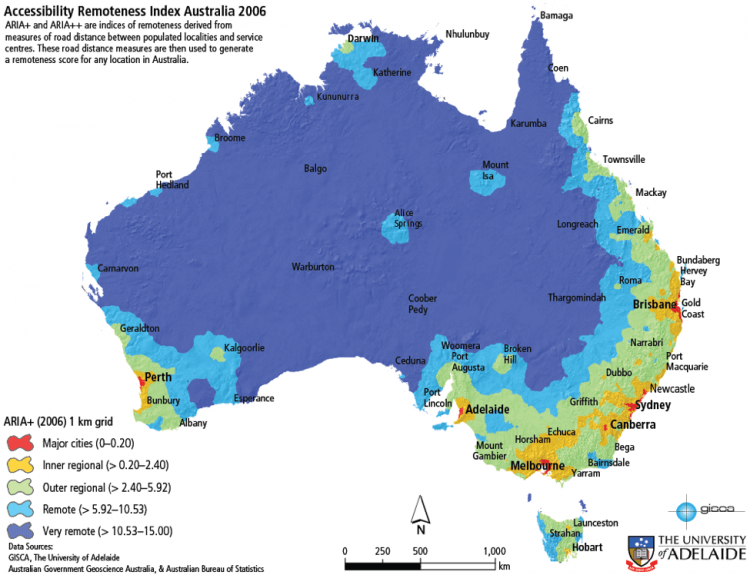
Majority of Australia’s landscape is very remote, making it difficult for logistics providers to traverse. Photo credit: University of Adelaide via AIFS
Juan Klimczak, business development manager at National Products Fulfillment, says developing relationships with multiple carriers helps cope with the distance. On top of that, customers also expect to have an easy-to-use platform that gives them full transparency on their products’ information.
“Our online clients must know at the touch of their keyboards the levels of inventory and where the stock is – even before it arrives at the warehouse.”
Singapore
Singapore may be ahead of its Southeast Asian neighbors when it comes to payment methods and infrastructure, but the city still struggles with its share of complications. The small country has a mature ecommerce market that’s expected to have 4.1 million users by 2021, and these millions of users all come with high customer expectations. Same-day deliveries and free delivery are common demands customers make of ecommerce platforms like Zalora or Honestbee, which means that last-mile fulfillment has to be at its optimal efficiency.
Logistics players are investing heavily in demand-management software and tracking systems to provide quality, on-demand services.
“Businesses need you to have tracking, SMS, and email notifications. The software isn’t just for logistics – whenever drivers go on their deliveries, businesses want to let their customers know immediately,” says Versafleet’s Jan Donyada.
Crossing borders
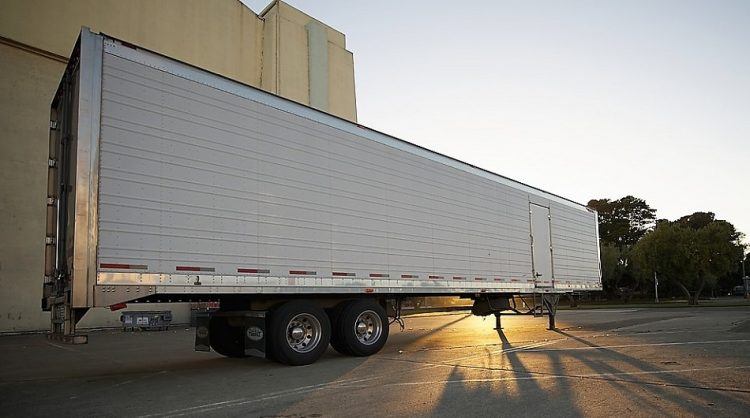
Photo credit: Dave Fayram.
Since ecommerce is borderless, managing last-mile isn’t just about looking within the country, but also about managing cross-border logistics. No matter which borders you cross, the advice is unanimous — build relationships and know the country you’re going into. Building the right relationships help you manage the quality and cost of the service across the border; doing your research will give you a clue on what customs issues or duties you may face.
Charles Brewer, CEO of DHL ecommerce, suggests that the key to a successful ecommerce experience is to ensure that the end-to-end logistics process runs smoothly.
“One way to do this would be to resolve certain customs issues that can complicate the delivery process, by suggesting and supporting new postal regulations which allow for easier customs processes below certain value thresholds.”
Cultural differences play a large role when going cross-border into Asian countries. Zoe sees that shipping out of Greater China has more cultural considerations than you might think. For instance, Muslim countries may place special emphasis on halal certifications of cross-border imports.
“There are different standards for the personal goods imported into the different country, so we need to spend a lot of resources to build a unique cross-border channel for each different needs,” says Zoe.
Some solutions featured in this article will be showcased by companies at the Last Mile Fulfilment Asia (LMFAsia) 2017, which will take place from 2nd to 3rd March 2017 at Singapore EXPO. Themed ‘Go Global, Deliver Local’, LMFAsia 2017 is the region’s only conference and exhibition dedicated to eCommerce fulfilment, where leading experts from the retail, eCommerce, parcel and logistics industries will deep dive into the topic of cross-border eCommerce fulfilment. For more information, please visit www.lmfasia.com.
This post From customs to cash: here’s what you need to know about the Asian last-mile appeared first on Tech in Asia.
from Tech in Asia https://www.techinasia.com/last-mile-asia
via IFTTT
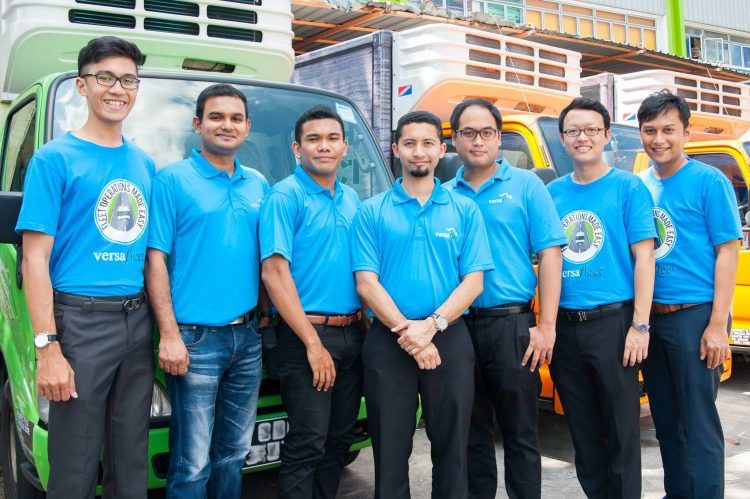
No comments:
Post a Comment